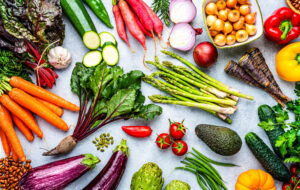10 veggies that make dessert taste better
Zucchini and brownie batter are made for each other. On dessert duty for your next potluck? Make it unforgettable with vegetables. Yes, you read that correctly.
Beets
Zucchini
Potatoes
Carrots
Pumpkins
Spinach
Kale
Avocado
Cauliflower
Celery
Sources
The American Journal of Clinical Nutrition, 2011.
Beet nutrition facts.
SF Gate, 2020.
Nutrients, 2018.
Carrot nutrition facts.
Inc Magazine, 2018.
Information on Le Gateau Vert.
Bon Appetit Magazine, 2018.
One Green Planet, 2017.
The American Journal of Clinical Nutrition, 2011.
Information on Cel-Ray soda.



